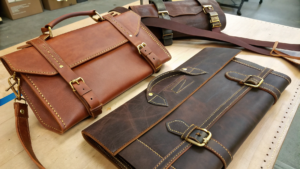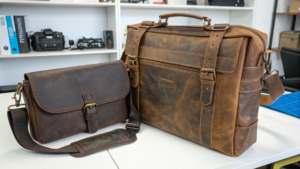PU Leather Journal: A Smart Choice for Today's World?
Are you looking for a journal that feels premium but also fits your values? Many people want the classic look of leather without the high cost or ethical concerns.
A PU leather journal offers the aesthetic appeal and tactile satisfaction of traditional leather while providing a more affordable, sustainable, and animal-friendly option for writing and personal use.

I have always loved the feel of a good journal in my hand. It is where ideas take shape and thoughts find a home. But I also know that many people are looking for choices that are kind to the planet and their wallets. This is why I believe PU leather journals are becoming so popular. They give you that classic feel, but with a modern twist. At Latitude, we see them as a smart way for brands to offer quality products that resonate with today's conscious consumer.
What is the Best Leather for Journals?
Do you wonder what kind of leather makes the best journal? There are many types, and each has its own feel and features.
While full-grain leather1 is often considered the best for journals due to its durability and unique patina development, PU leather offers a highly practical, aesthetically pleasing, and more affordable alternative that aligns well with modern ethical and budget considerations.
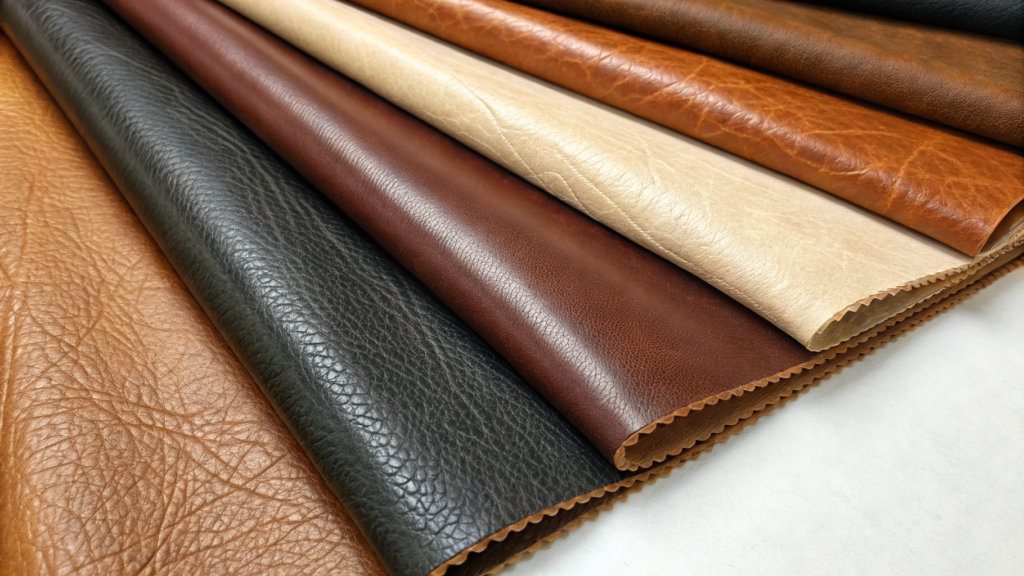
I have handled all sorts of leather in my time, from the very top-tier to synthetic options. For journals, what "best" means really depends on what you value most. If you want something that will age with you, showing every scratch and mark, then real full-grain leather is amazing. However, I have seen a big shift. Many people now prefer PU leather. It looks great, feels good, and does not come with the same ethical or cost issues. I always advise clients to consider what story they want their journal to tell.
What are the different types of leather for journals?
Understanding the types of leather helps you choose the best journal for your needs, balancing factors like look, feel, durability, and cost.
| Leather Type | Description | Pros | Cons |
|---|---|---|---|
| Full-Grain Leather | The top layer of the hide, including all natural imperfections. | Most durable, develops a rich patina, unique character. | Expensive, less uniform, can be stiff initially. |
| Top-Grain Leather | Second best quality, with the very top layer sanded off. | Softer, more uniform than full-grain, durable, still good patina. | Less durable than full-grain, loses some natural character. |
| Genuine Leather | Made from layers of lower-quality leather, often bonded. | More affordable, softer than top-grain, common. | Less durable, no true patina, can crack over time. |
| Bonded Leather | Scraps of leather mixed with a binder and pressed. | Cheapest, uniform look. | Least durable, low quality, peels easily, no natural feel. |
| PU Leather | Synthetic material (polyurethane) applied to a fabric base. | Vegan, water-resistant, consistent look, affordable, easy to clean. | Not as breathable as real leather, less durable than full-grain, no natural patina. |
I find that for many, especially those looking for promotional items or gifts, PU leather2 offers an excellent balance. It gives the desired look and feel without some of the drawbacks of genuine leather.
What are the Disadvantages of PU Leather?
Are you curious about the downsides of PU leather? While it has many benefits, it is important to know its limitations compared to real leather.
The main disadvantages of PU leather3 include its lower durability compared to high-quality genuine leather, less breathability, a tendency to crack or peel over time with heavy use, and the fact that it does not develop a natural patina.
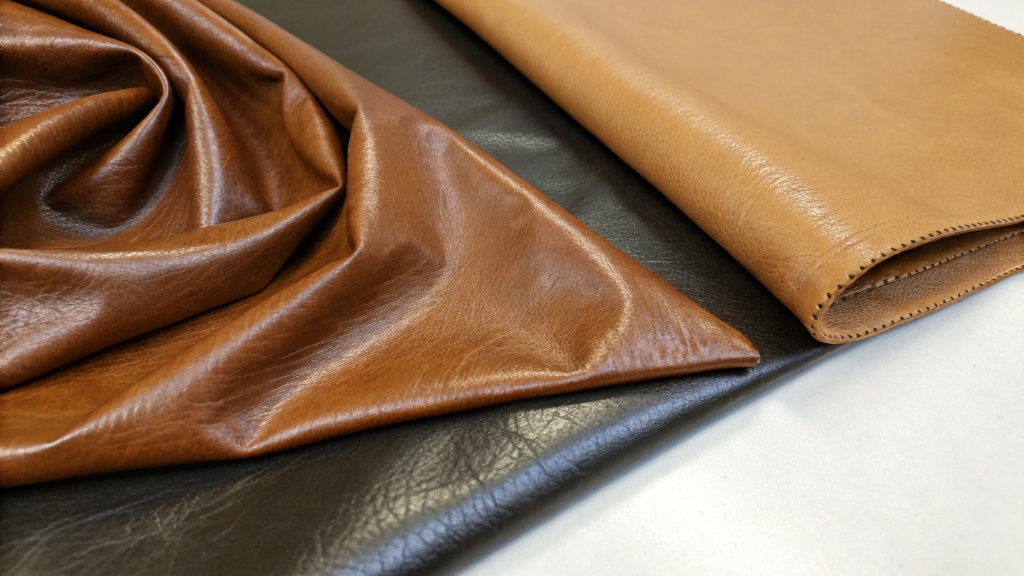
I have always believed in giving honest advice to my clients. While PU leather is a fantastic option for many things, it is not without its quirks. It is not going to last for decades like a well-cared-for full-grain leather item might. I explain that it is more prone to cracking or peeling, especially if it is used very often or exposed to harsh conditions. Also, it will always look the same; it will not develop that unique worn-in look that makes real leather special. It is about understanding these trade-offs when making a choice.
What are the common drawbacks of PU leather?
Knowing the common drawbacks of PU leather helps you decide if it is the right material for your needs, especially for items like journals.
| Disadvantage | Explanation | Practical Impact for Users |
|---|---|---|
| Less Durable | Not as long-lasting as high-quality real leather, especially under heavy stress. | May show signs of wear, cracks, or peeling sooner, especially on edges or folds. |
| No Patina | Does not develop the rich, unique aged look that real leather does over time. | Journal will maintain its original appearance, lacking the character of a "lived-in" leather item. |
| Less Breathable | Synthetic material does not allow air to pass through as easily as natural leather. | Can feel less comfortable in some applications, though less relevant for a journal. |
| Environmental Impact (Production) | While cruelty-free, the production of synthetics can still involve chemicals and energy use. | Some environmental concerns remain, though generally lower than animal farming for leather. |
| Can Crack/Peel | Over time, especially with exposure to sunlight or repeated bending, the surface may degrade. | The journal's cover might not look as pristine after extended use. |
| Less Supple Over Time | Tends to remain more rigid or can stiffen, rather than softening and molding like real leather. | Might not feel as luxurious or conform to hand over years of use. |
I always tell people that understanding these points helps them make a good choice. For many uses, especially if you want a stylish, animal-friendly, and affordable option, PU leather is still a very strong contender.
Is PU Leather Any Good?
Are you wondering if PU leather is truly a good material, or just a cheap imitation? It has a bad reputation for some, but its quality has improved greatly.
Yes, PU leather is generally good, especially for items like journals, as it offers a great balance of aesthetic appeal, consistent finish, water resistance, ease of cleaning, and ethical benefits at a more accessible price point than genuine leather.
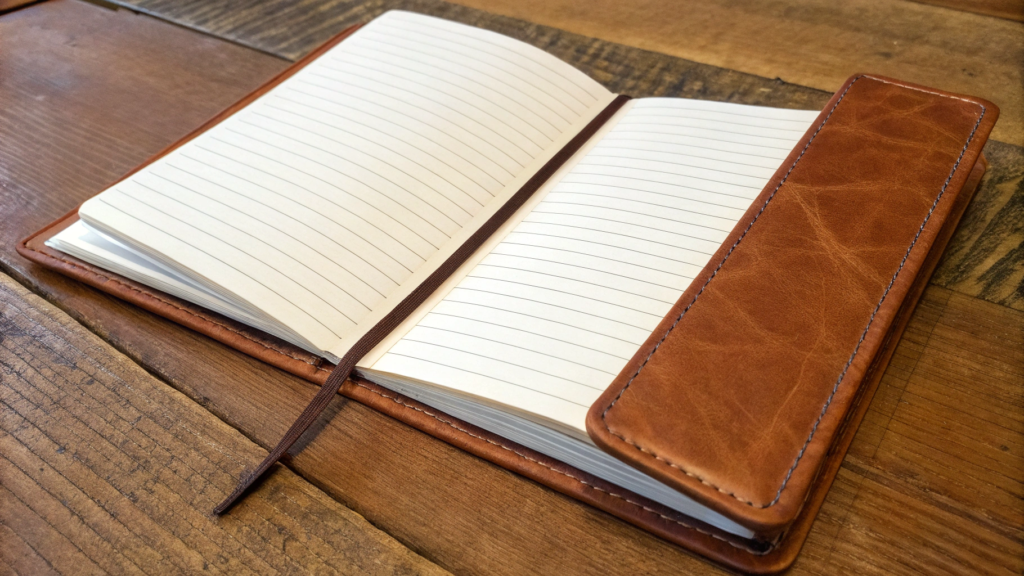
When I first encountered PU leather years ago, it was often quite flimsy. But I have seen huge improvements in its quality. Today's PU leather is far more refined and durable. For many applications, including journals, it is an excellent material. It feels good to the touch, looks consistent, and is incredibly practical because it is easy to wipe clean. I often recommend it to clients who want to provide a premium feel without the premium price, or who have ethical concerns about animal products. It is a smart solution for modern needs.
What are the advantages of PU leather?
PU leather offers several advantages that make it a good and practical choice for many products, including journals.
| Advantage | Explanation | Benefit for Users |
|---|---|---|
| Affordability | Significantly less expensive to produce than genuine leather. | Makes quality-looking journals accessible to a wider audience and fits budget-conscious projects. |
| Vegan/Cruelty-Free | No animal products are used in its manufacturing. | Appeals to ethical consumers and brands committed to animal welfare. |
| Water Resistance | The polyurethane coating makes it naturally resistant to water spills. | Easy to clean and protects the journal's contents from minor liquid damage. |
| Consistent Appearance | Manufactured with a uniform grain and color. | Ensures every journal looks identical, important for branding and bulk orders. |
| Easy to Clean | Can be wiped down with a damp cloth. | Low maintenance and keeps the journal looking new with minimal effort. |
| Versatility | Can be produced in a wide range of colors, textures, and finishes. | Offers more design options for customization and aesthetic variety. |
| Lighter Weight | Generally lighter than genuine leather, making products more portable. | Easier to carry around, especially for larger journals. |
I believe that PU leather has earned its place in the market. It is a good material for those who want a blend of style, function, and ethical considerations. It proves that you do not always need the most expensive option to get something good.
Conclusion
PU leather journals offer a great mix of style and practicality. While not real leather, they are good because they are affordable, easy to clean, and fit modern values.
-
Discover why full-grain leather is prized for its durability and unique character, ideal for those seeking quality in journals. ↩
-
Explore the advantages of PU leather, including affordability and ethical considerations, making it a great choice for journals. ↩
-
Understanding the limitations of PU leather helps you make an informed choice for your journal needs. ↩



